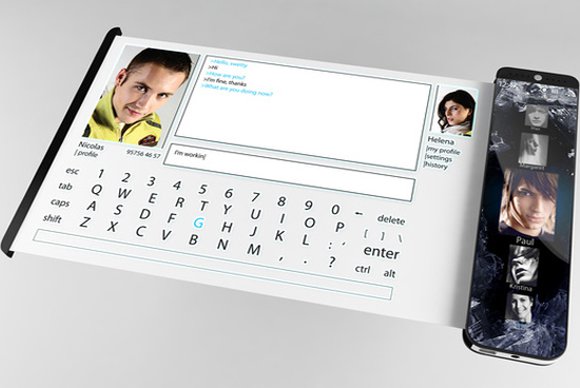The future of Android devices
Working at an OEM company and releasing smartphones is one of the most interesting experiences ever.
As Hiroshi Lockheimer, an executive member of the Android team @ Google, once wrote on his AMA, “building high-end smartphones is as complex and difficult as making commercial airplanes.”
It’s an extremely challenging experience but the end is rewarding (when it all comes together). It takes about one year (or a bit more) to bring a cellphone from conception to seeing that Android boot logo. You probably need to add 3~4 more months until the software is stable and usable for regular consumers.
It’s not a secret that my company is trailing behind company “S” and “A” in the North American market. My goal when I first joined was to surpass the two giants, but it’s been extremely difficult. It almost feels like we are “Orange Soda” trying to surpass “Coca Cola and “Sprite” for the soda market-share.
So what are some strategies that can be incorporated to improve our competitive edge?
-
- Listen to customers?
They say “the customer is always right” and this is a fundamental PM concept. But what if every customer is saying different things? One customer wants a longer battery life (who doesn’t) while one customer wants a smaller and thinner phone, and thereby having a shorter battery life. YOU CAN’T HAVE BOTH (yet). So how do we make the decision for trade-offs? We need the technology to build something that can have both, but for now, all I can say is that it’s an extremely complex process that inovlves hundreds of people with PhDs in material science, electrical engineering, physics and mechanical engineering. Anyway, asking customers is a good way to gather feedback, but in the smartphone industry, it’s not wise to fully rely on customers. We already know what customers want and we know what makes a phone good. It’s the fundamental matter of “cost versus value” and how to balance them.
- Listen to customers?
- Partnership management
We need to work with a lot of partners and vendors and maintain a strong and healthy relationship. One of the first things I tell my interns is to be forward and honest when working with partners. We’re going to work with them for years to come and it’s pivotal to build trust or maintain the trust we have been building for decades. Another more detailed tip is to prioritize your partners based on the business value they provide. YOU CAN’T BUILD A PHONE ALONE!
- Brand reputation
Maintaining a strong brand is important. This is obvious, but it’s hard. Maybe we need to try something innovative that’s completely out of the norm. The problem with that is that the associated business risk is huge. High risk, high cost (opportunity cost is actually extremely high) – is actually a huge concern for this industry.

I believe lowering cost to risk one or two business quarters is a strategic but reasonable move (I’m aware executives will never accept this). Lowering cost is the easiest way to differentiate yourself in the market. The associated marketing cost will yield negative revenue, but as long as the phone is well-made and competitive, it’ll be worth it in the long run. It’s not sustainable, but it’ll improve company brand reputation, one of the key strategies mentioned above.
What is the future of Android devices? I think all high-end smartphones should be waterproof, thinner, perhaps bezel-less with better resolutions. They should be obviously made of the most premium material available. I don’t think AR/VR is a reliable way to stay competitive as of today but it might change in in 2~3 years when the technology improves. Holograms are not yet viable either. Using interesting material mechanisms like the image above is gimmicky but it might drive sales but it seems too risky.
See the problem here? Risks are not taken enough in the industry. The cost of taking the risk is always way too high and that’s because building phones is not cheap. Another depressing fact is that you can show concepts to customers pre-release to gather feedback, but you can only do so much of this due to leakage concerns.
A lot of companies have been joining the market lately, and more are coming in the future. More competition is always great, for consumers but as an OEM, I think there’s enough already to worry about.


